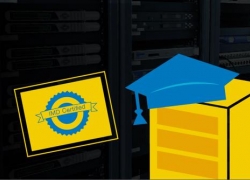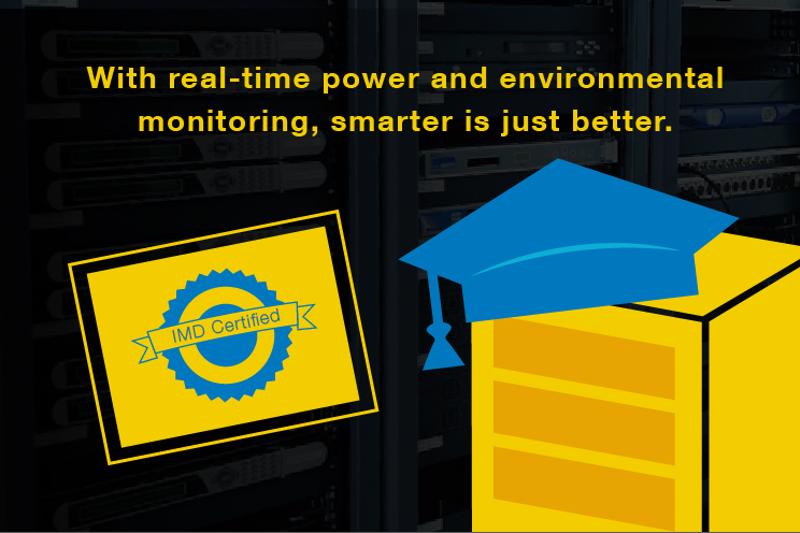Graduate to smarter power in the data center
Graduate to smarter power in the data center

The "smart" data center is at the forefront of discussions about optimizing performance, reliability and efficiency – and for good reason. Any innovation that reduces operational costs and increases business continuity is worth the hype.
But there's one indisputable starting point for data center managers who are serious about elevating their facility's operations: power infrastructure. Every piece of mission-critical equipment in the data center (servers, switches, CRACs, etc.) is reliant on the continuous, balanced flow of power. Want flexibility? You need flexible power. Want more reliable infrastructure? You need more reliable power. Want greater efficiency? You need efficient power distribution infrastructure.
So like we were saying, if you want a smarter data center, you first need smarter power. Here's what that looks like:
Real-time alarms
There's no way around it: If power fails in the data center, everything else fails. Modern power distribution units (PDUs) are designed to not only meter power utilization for billing accuracy, but also to track current, amperage, voltage, power-factor and other key metrics that provide a clear, real-time view of power distribution performance.
And we know what you're thinking: That requires extra work. But really, it doesn't. Remote power monitoring at the PDU level is automatic, meaning that the second a pre-defined threshold is exceeded, designated staff receive an alert indicating as much, whether they're in the facility or a hundred miles away. Intelligent PDUs have the added benefit of hot-swappable intelligence units, or what we call Interchangeable Monitoring Devices (IMDs). Each of these IMDs supports a unique monitoring capability – temperature, humidity, dew point, etc. – and they can be swapped out in the field sans planned downtime.

Remote access
The other half of real-time alerting is remote PDU interfacing. Just as PDUs can effectively "talk" to data center staff over the internet, authorized staff can talk back to these PDUs via an intuitive web interface.
For example, if load demand is unusually light, non-essential servers can actually be shut down remotely to save power, literally on an outlet-by-outlet basis.
Precision load balancing
"Over-subscribe certain provisioned loads to reduce stranded power."
If your data center is aware of its own power utilization, it also becomes privy to its limitations. According to research from Microsoft, servers have varying power consumption behaviors, but will very rarely utilize their allotted peak load. As a result, a significant amount of power capacity is often left stranded.
With precision monitoring, you can glean insights into fluctuating equipment power load requirements, and determine probabilities of certain servers requiring peak power at specific times. This creates an opportunity for "intelligent over-subscription" for certain provisioned loads to reduce the amount of stranded power at any given moment. Pair that with the ability to remotely activate servers that aren't in use, and your power infrastructure achieves a new level of flexibility.
Capacity planning
Finally, there's the issue of long-term scalability. Planning for future growth and subsequently provisioning new resources to meet shifting requirements over time often feels like an exercise in educated guessing.
However, continuous aggregate resource utilization data including – and especially – power load, provides a level of quantitative insight to capacity planning efforts that would otherwise be impossible. Detailed metrics collected over time can hereby be used to make smarter, lower-risk investing decisions as your facility evolves.
It doesn't get much smarter than that.



